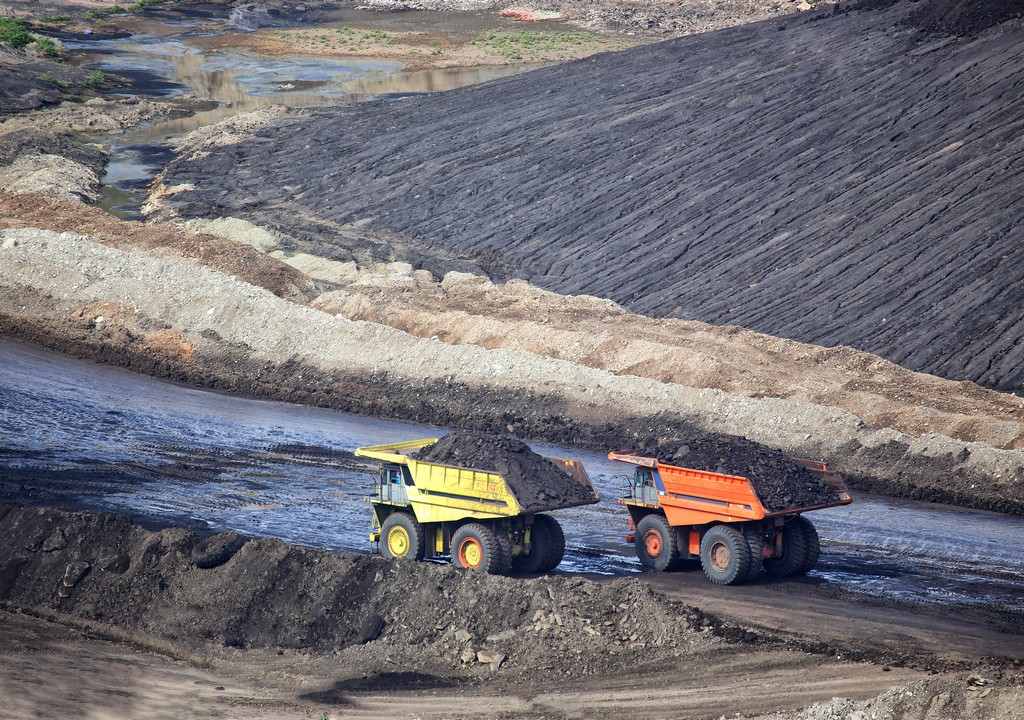Common misconceptions about coal power and technology
- December 28, 2016
- 0

Renewable energy has a reputation of being more expensive than conventional energy like coal power, other countries have lowered the bid in renewable energy. The lowest solar bid was in Dubai at 1.345 per kilowatt hour (kWh). While in Mexico, it’s at P1.575 per kWh, and P1.741 per kWh in the United States, Warren Buffett’s Berkshire Hathaway said.
While Deutsche Bank named PH as one of the world’s most attractive markets for solar power because of high power rates and an awful amount of sunlight, RE still remains quite expensive in the country because of inefficiently built projects.
This myth relies on storage process of coal pollution. CSS or Carbon Capture Sequester stores carbon pollution from coal – fired power plants underground geological formations that use 10% to 40% energy created by the power plant. This may double the cost of creating coal-fired power plants and is only available in large scale by 2030.
And in a report by Greenpeace Philippines, clean coal technology refers to the tech intended to reduce pollution. These methods move one waste system to another which will also be released to the environment.
While 1,000 MW of RE capacities were installed in the country in the past two years, new coal and natural gas plants built since the passing of the RE Law have much higher capacities and have substantially reduced RE’s share in the power mix. In a report by Greenpeace Philippines, there are 17 operational coal power plants, with 29 in the pipeline. And the lowest cost of power supply option, which is coal in the Philippines, will always be favored.
While it is true that coal power has a reputation of having polluting qualities, it did contribute something important to the environment. Around 150 years ago, forests in Midwest and northeast America were being cut down to the reach the demand of firewood to which the fuel factories outstripped the rate, a report from the Washington post said. Also, burning coal produces less carbon dioxide than burning wood per kWh of power generated.